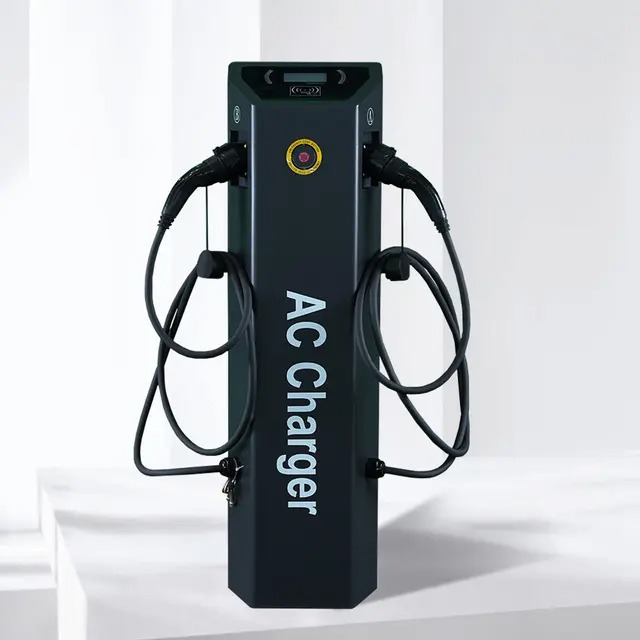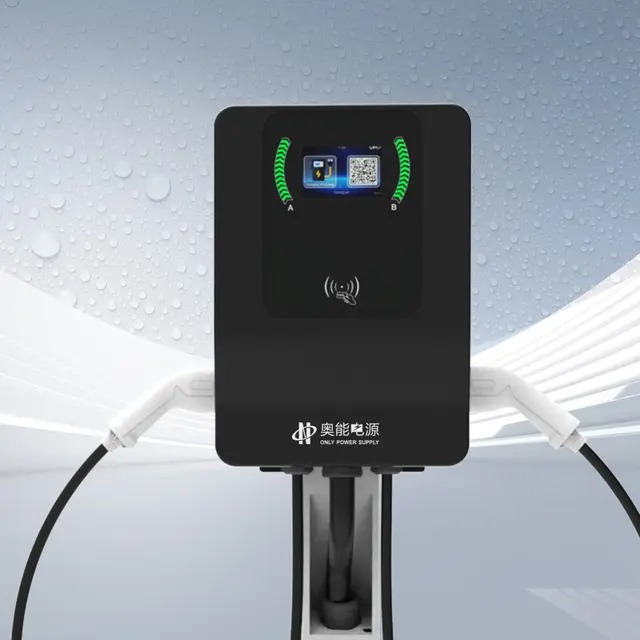As electric vehicles (EVs) become increasingly mainstream, fast charging technology has transformed the convenience of EV ownership. With reduced charging times from hours to mere minutes, drivers are no longer tethered to long waiting periods. However, this rapid power replenishment brings along an important question: How does fast charging affect car battery life and longevity? In this article, we will explore the science behind fast charging, its principles, and how it influences the long-term health of EV batteries.
What Is Fast Charging and How Does It Work?
Understanding the Core Concept
Fast charging, also known as DC fast charging or Level 3 charging, is a method of delivering high-powered electricity directly to an electric vehicle’s battery at a significantly accelerated rate. Traditional AC chargers (Level 1 or 2) convert electricity from the grid into DC (direct current) within the car. In contrast, fast chargers supply DC power directly, bypassing the vehicle’s onboard charger.
The speed of charging is primarily determined by:
The output capacity of the charger (measured in kW),
The capacity of the vehicle’s Battery Management System (BMS),
The battery’s state of charge (SOC), and
Thermal regulation systems in place.
Typically, a fast charger can provide power ranging from 50 kW to 350 kW, enabling a vehicle to charge from 20% to 80% in as little as 20–40 minutes.
Key Components in Fast Charging
The process involves several synchronized components:
Power conversion unit: Converts AC from the grid to DC.
Cooling system: Prevents overheating during rapid power transfer.
Communication interface: Allows the charger to negotiate power delivery with the vehicle’s BMS.
Safety protocols: Protect the vehicle and user during high-voltage transactions.
While fast charging offers speed and convenience, these benefits are tied to electrical and chemical compromises within the battery pack—particularly lithium-ion cells used in most modern EVs.

How Does Fast Charging Affect Battery Chemistry?
Lithium-Ion Battery Behavior During High-Rate Charging
To grasp how fast charging impacts battery longevity, it’s essential to understand what happens at the electrochemical level. Lithium-ion batteries operate through the movement of lithium ions from the anode to the cathode during discharge and in reverse during charging. During fast charging, this ion migration is accelerated dramatically.
This speed increase can cause:
Lithium plating on the anode, where lithium deposits as metal rather than ions.
Increased internal resistance, leading to heat generation.
Structural stress on electrode materials.
Over time, these effects contribute to:
Reduced battery capacity,
Decreased cycle life (number of full charges before performance degradation),
Risk of thermal runaway or cell degradation.
Thermal Impacts of Fast Charging
The rapid flow of current generates significant heat, which can alter the battery’s chemistry if not effectively controlled. Elevated temperatures may:
Accelerate electrolyte decomposition,
Weaken the separator membrane,
Expose the battery to thermal fatigue.
Battery manufacturers implement liquid or air cooling systems to minimize these effects, but frequent exposure to fast charging still increases wear and tear compared to slower methods.
Comparison Table – Fast Charging vs. Regular Charging
To visually understand how fast charging compares to regular charging in key metrics, refer to the table below:
| Parameter | Fast Charging (DC) | Regular Charging (AC) |
| Voltage | 400V–800V | 120V–240V |
| Charging Speed (20–80%) | 20–40 minutes | 4–8 hours |
| Battery Degradation Rate | Higher | Lower |
| Heat Generation | High | Moderate |
| Battery Cycle Lifespan Impact | More wear per cycle | Lower wear per cycle |
| Charging Infrastructure Cost | Expensive | Affordable |
This comparison emphasizes that while fast charging is highly convenient, it comes with a trade-off—accelerated degradation of battery materials.
Battery Management Systems (BMS) and Fast Charging
The Role of BMS in Mitigating Harm
Modern EVs are equipped with intelligent Battery Management Systems designed to optimize charging conditions, prevent damage, and prolong battery health. A well-designed BMS performs real-time monitoring of:
During fast charging, the BMS may:
Limit current input to prevent overheating,
Switch to a slower charge rate once 80% SOC is reached,
Trigger active cooling mechanisms if thermal thresholds are breached.
This intelligent regulation reduces the severity of degradation effects, but it cannot eliminate them entirely. Therefore, even the best BMS can only mitigate, not completely neutralize, the downsides of repeated fast charging.

How to Maximize Battery Life When Using Fast Charging
Practical Tips for EV Owners
If you frequently rely on fast charging due to travel or convenience, consider the following practices to safeguard your battery:
Avoid 100% State of Charge Frequently: Charging to 100% regularly increases stress, especially under fast charging. Stop at 80% for daily use.
Monitor Battery Temperature: Use your EV app or system dashboard to track heat buildup and allow cooldown intervals.
Alternate Charging Modes: Use Level 1 or 2 charging whenever possible to reduce stress on the battery.
Park in Cooler Conditions After Charging: Battery cells retain heat; parking in shade or a garage helps dissipate it faster.
Follow Manufacturer Recommendations: Always consult your vehicle’s charging guidelines, as designs vary in heat tolerance and charging behavior.
Incorporating these habits can reduce the compounding effects of fast charging, extending overall battery lifespan.
Long-Term Effects: What Studies and Real-World Data Say
Recent field studies and laboratory simulations have offered valuable insight into fast charging’s impact. Findings indicate:
Battery capacity fades 20–30% faster when fast charging is the primary method used.
Vehicles that alternate between fast and slow charging retain higher efficiency after 100,000 miles.
Fast charging at colder temperatures increases lithium plating, worsening cell health.
These statistics suggest that while fast charging is not inherently damaging in isolation, overuse without proper temperature control and charging discipline leads to significant reduction in performance over time.
FAQs – Fast Charging and Battery Longevity
Q1: Is it okay to use fast charging every day?
A: While occasional fast charging is acceptable, daily use accelerates degradation. For routine charging, Level 2 (AC) is preferred.
Q2: Does fast charging void battery warranties?
A: No, but excessive degradation due to abuse or failure to follow manufacturer protocols may affect warranty claims.
Q3: How can I tell if fast charging is affecting my battery?
A: Signs include reduced range, slower charging over time, and more frequent battery cooling activation.
Q4: Can I still use fast charging on long trips?
A: Absolutely. Fast charging is ideal for long journeys where time is critical. Just avoid making it your primary charging method.
Q5: What’s the ideal charging percentage range for longevity?
A: The sweet spot is usually between 20%–80%. Avoid deep discharges and full charges unless necessary.
Conclusion
Fast charging represents one of the most significant advancements in EV infrastructure, making electric vehicle ownership more viable and convenient. However, like any high-performance solution, it comes with trade-offs. Repeated, uncontrolled fast charging can shorten battery life, reduce vehicle range, and increase maintenance costs over time.
By understanding the principles of fast charging, recognizing the chemical impact on lithium-ion cells, and adopting smart charging habits, EV owners can achieve a balanced approach. The key lies in strategic use—leveraging fast charging when necessary, but not excessively.
As battery technology continues to evolve—with advancements in solid-state batteries, improved thermal regulation, and faster yet safer charging protocols—the future may see this compromise narrowed significantly. For now, knowledge and conscious usage remain your best tools for maximizing battery health in the era of high-speed electrification.


















